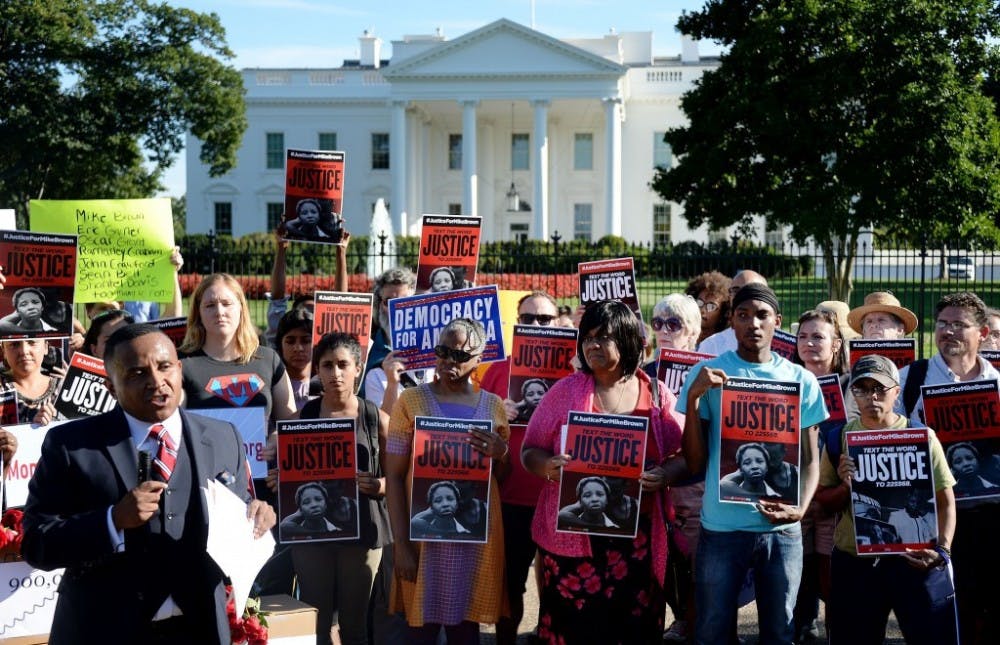There are some who would claim we have come a long way in the name of racial equality in the United States, and they would not be entirely wrong. After all, the very notion of having an African-American as the president was once considered radical. It’s been nearly six years since Barack Obama took the oath of office. Still, the events that transpired in Ferguson, Missouri. only last month, in which an unarmed black teenager was killed by a white police officer, show that we are still placing too much emphasis on what makes us different.
National Geographic recently published an article entitled “The Changing Face of America,” in which data collected by the U.S. Census Bureau on multiracial people and multiracial marriages were used to predict the look of the average American citizen by the year 2050. The results showed that because of the increasing number of interracial marriages, the majority of Americans in 2050 would have light to dark brown skin.
Before discussing the implications of the study’s results, we must consider whether or not the Bureau’s data is reliable. Although the Bureau has been gathering information on multiracial Americans since 2000, there have been indications of some mixed people choosing to identify themselves differently, perhaps to avoid unfair discrimination.
This is yet another deprecating result of racial divisions in America: the flat-out rejection of one’s heritage in order to maintain the idea of the “perfect American.” In addition, familial and geographical influences can also become factors in how one identifies.
Still, just as there are those who deny their lineage, there are just as many who openly embrace their multiracial status. There certainly must be some pride in identifying oneself as the result of social progress.
If the U.S. Census Bureau’s information is legitimate, and the future of America relies on equality for all races, what kind of implications does this open to how we’ll see race in the future? The author of the National Geographic article, Lise Funderburg, theorizes “if we can’t slot people into familiar categories, perhaps we’ll be forced to reconsider existing definitions of race and identity.” Considering how this change is expected to slowly take place over the next four decades, could we see something as socially rooted today as racism simply fade away?
If prejudice survives in the future, it will likely not be based on the color of one’s skin, but there is the distinct possibility that we will still search for a way to distinguish one group of people from another. The more I hear about cases similar to Michael Brown, the more I believe that we are inherently discriminating people. We keep talking about how much progress we’ve made in mending racial scars, and how we can do even more, and yet it never feels like anything is really accomplished. This is not to diminish the truly amazing strides we’ve made in breaking down the walls between different peoples. But it just feels like we sometimes fall a few steps back.
As hard as it is for me to find common ground in the midst of the issue, all is not lost. Perhaps the notion of darkening skin colors is in the distant future, but what matters today is our choice to acknowledge what’s different. By valuing what keeps us together, we don’t have to wait for our physical appearances to catch up. This is not to say that we should attempt to forget or deny history - rather, we should embrace it and use it to change the present for the better. Perhaps we can more easily accept a future without black and white.


